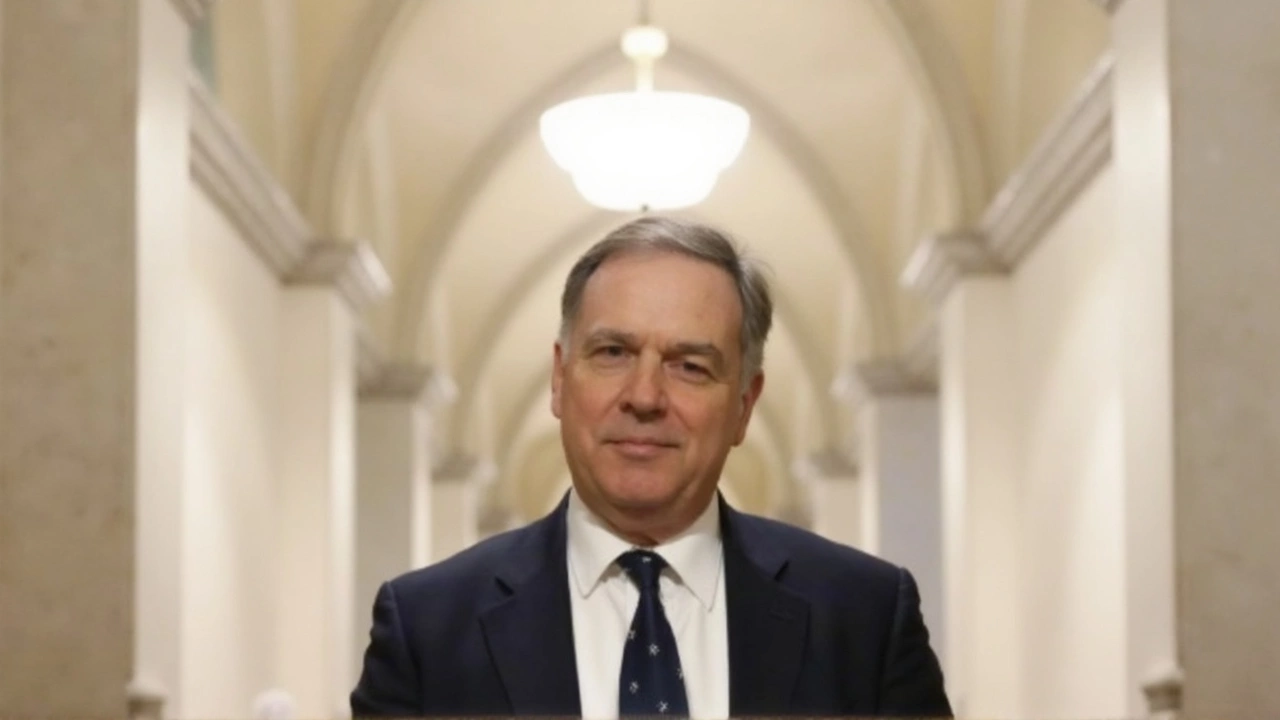Why the Bank of England Is Playing It Safe on Interest Rates
Central banks don’t usually get the luxury of a clear path, and right now the Bank of England is feeling that pinch. Even as talk of rate cuts swirls, policymakers are showing restraint. Stubborn inflation, shaky global trade, and political surprises have left the Bank of England steering slowly rather than slamming the brakes or the accelerator.
In March 2025, the Bank’s Monetary Policy Committee wasn’t exactly divided — eight of nine members voted to keep the Bank Rate at 4.5%. Only Swati Dhingra pushed for a modest 0.25% cut, taking it to 4.25%. That tight stance had one big driver: inflation. By January, inflation was running at 3.0%. For folks at home, that’s still above the official 2% target and means your weekly shop isn’t getting cheaper any faster. Even as inflation dipped back to 2.6% by March, hints of pain ahead — like warnings of a possible spike towards 3.5% later in the year, mainly from rising energy prices — kept caution front and center.
Then came May 2025. This time the debate heated up: five MPC members wanted a small 0.25% cut, dropping the rate to 4.25%. Two went big, eyeing a 0.5% reduction, while the other two held out for no change. That split wasn’t just academic—each side worried about different threats. Going too fast with rate cuts risks stoking inflation. Going too slow risks strangling already weak economic growth. Plus, with global events flaring — think trade war talk out of the U.S., mainly Trump’s tariff threats, and jumpy financial markets — the Bank even pushed back its rate decision to get a better read on risks.
Balancing Inflation Worries Against Economic Growth
For ordinary people, it’s a balancing act with real consequences. On one hand, restrictive rates keep loans, mortgages, and credit card bills higher. But the Bank is still convinced it needs to stay tough to prevent inflation from sticking around longer than anyone wants. Inflation eats into paychecks and raises the cost of basics, so the risks are serious.
The forecasts reflect this cautious logic. While gradual cuts are on the table — some analysts see rates heading towards 3.75% by the end of 2025 — don’t expect a return to dirt-cheap borrowing anytime soon. Most on the MPC want to keep rates “restrictive,” preventing price increases from running unchecked while giving just enough relief to a business community that’s hungry for cheaper credit.
External pressures are piling up, too. Trump’s proposed tariffs — if enacted — could quickly push up import costs, making inflation headaches even worse. Volatile energy prices, shaped by everything from geopolitics to weather, make planning tricky and threaten renewed shocks to family budgets and business costs alike. The Bank is watching these risks closely, wary of overreacting or sitting still for too long.
Right now, the Bank of England’s message is clear: steady hands beat bold action. Until inflation looks truly tamed — and the world stops throwing curveballs — expect slow, careful moves from Threadneedle Street instead of headline-grabbing rate swings.






